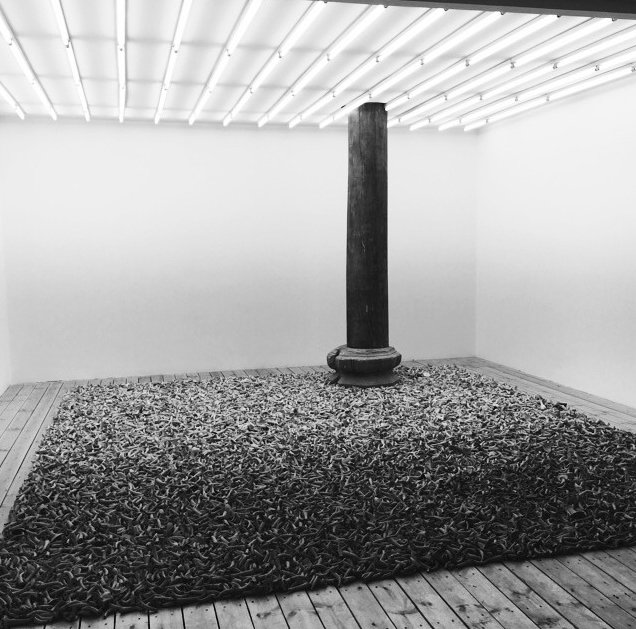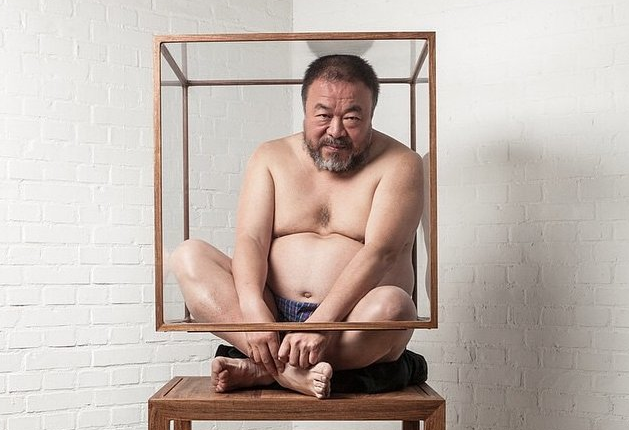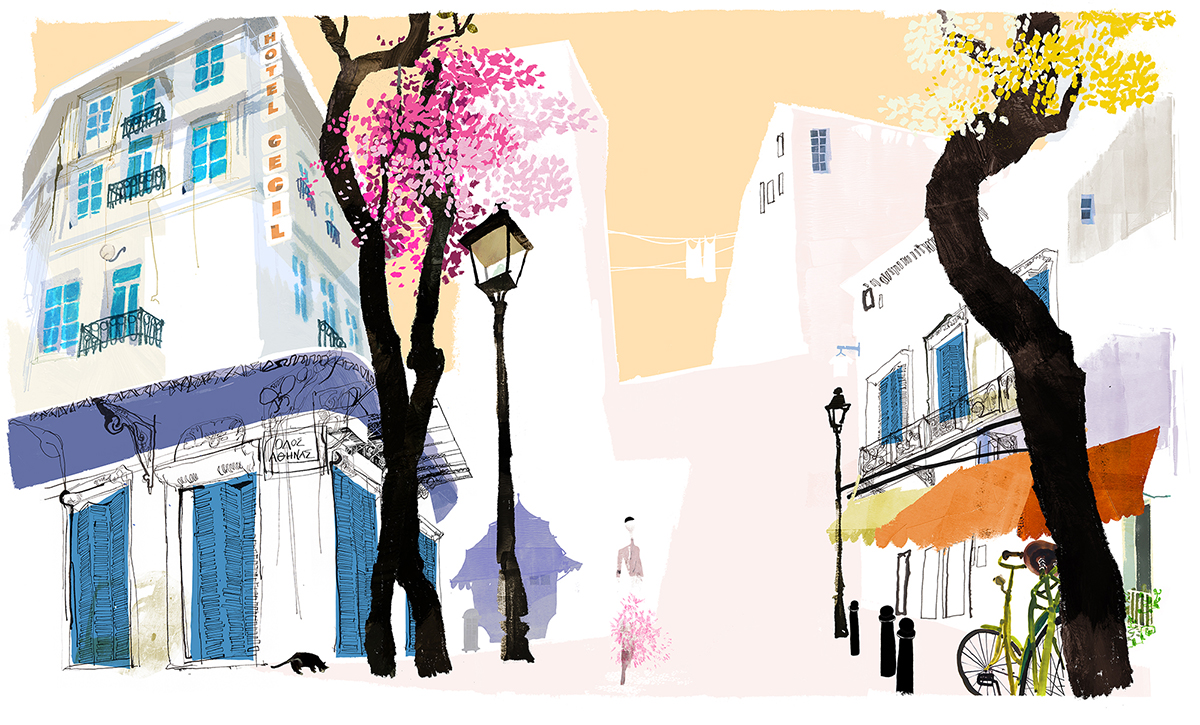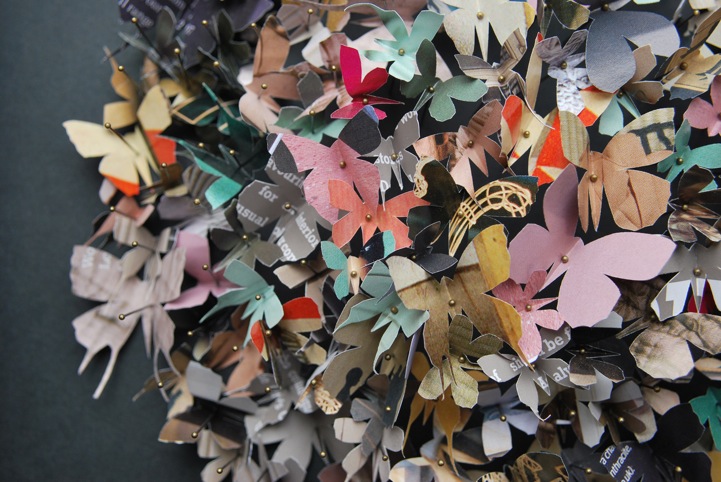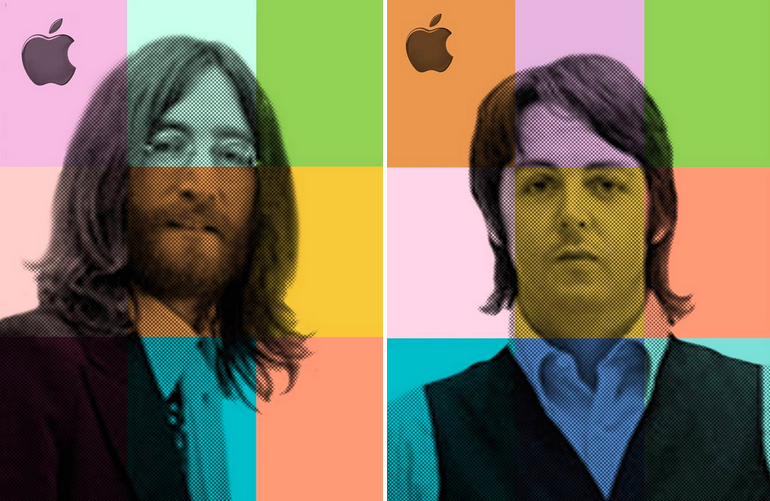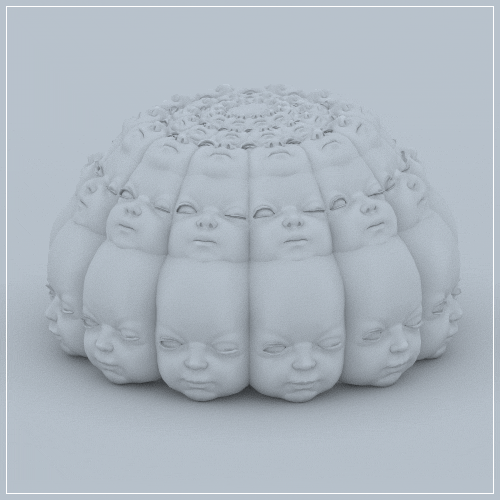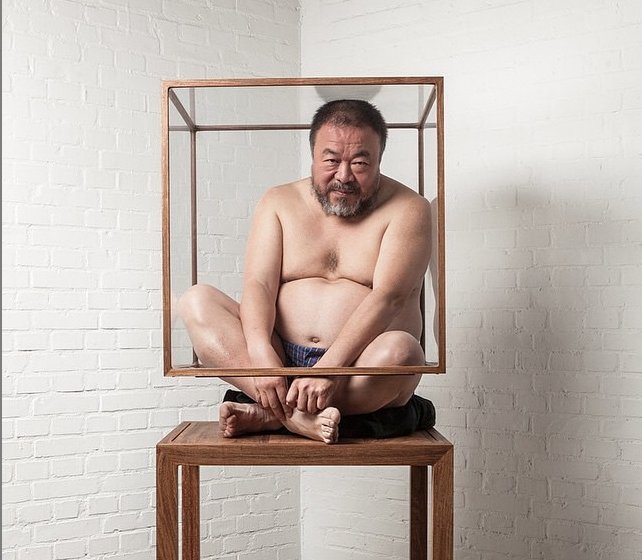
On June 6, with the approval of Chinese authorities, Ai Weiwei was met with crowds itching to get a glimpse of the dissident artist at the opening of his show, “Ai Weiwei.” Not only was this Ai’s first solo show in China, it was also the first show he was permitted to attend since his detainment in 2011.
In this multifaceted exhibition, Ai’s team deconstructed a 400-year-old Ming dynasty-era ancestral hall into more than 1500 individual pieces. The structure was then reconstructed and split between the Galleria Continua and the neighboring Tang Contemporary Art Center in Beijing.
This amputation reflects the conditions under which Ai has been forced to create for so many years, as he had to give instructions via Skype and 3-D modeling in order to complete exhibitions that he would later be forbidden from attending.
Just as Ai was forcibly separated from the venues in which his pieces were exhibited, “the visitor […] is forced to see the work only partially, without ever being able to view and enjoy the entire architectural structure from a single point,” stated Galeria Continua’s press release. The piece also represents the malleability of tradition, as the structure, which was once a temple dedicated to the cult of Wang Hua, a 6th century A.D. prince, now exists in a strikingly different context.
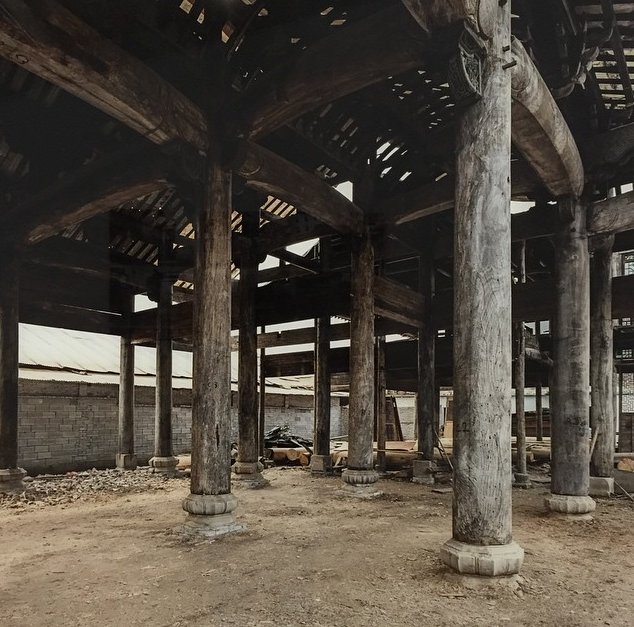
In classic Ai fashion, the repetition of objects plays a role in his current exhibition. Reminiscent of his Sunflower Seeds show, Ai filled a neat square with hundreds of detached antique teapot spouts. This produces an eerie effect, as what initially seems to be merely rubble reveals itself to be a multitude of severed parts upon closer inspection.
Although a recent New York Times article stipulated that the show “contains none of the overt political commentary” – political implications can be drawn from the host of lopped off spouts. Just as the channels though which liquid travels have been cut off, the voices of the Chinese people have been inhibited by government censorship. In a further nod to Marcel Duchamp’s ready-mades, dozens of traditional lanterns and porcelain bowls are featured in the gallery space.
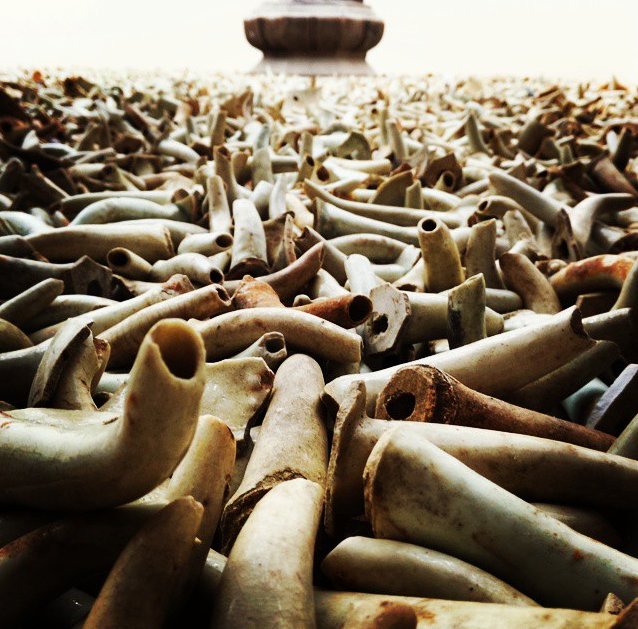
These objects are a reference to Chinese history and tradition, a topic Ai simultaneously embraces and criticizes. When Ai was asked what it felt like to finally attend one of his own gallery openings, he said, simply, “it’s surprising. It feels different.” Perhaps Ai is leaving the talking to his work, or to the thorough video footage and photo documentation of his process, which are also on display.
Ultimately, the goal of the work is to “free individual expression from any type of imposition,” stated the gallery press release.
The show will on display until September 6, 2015.
